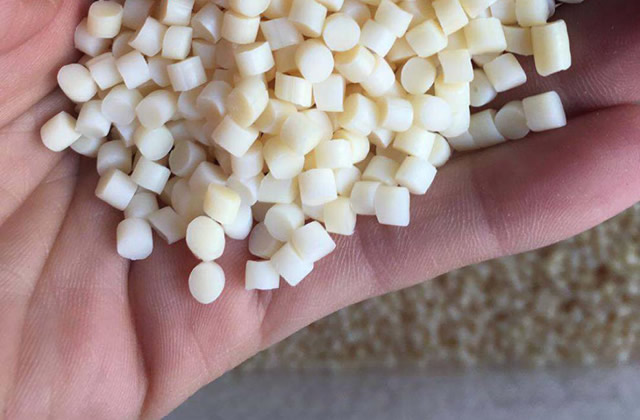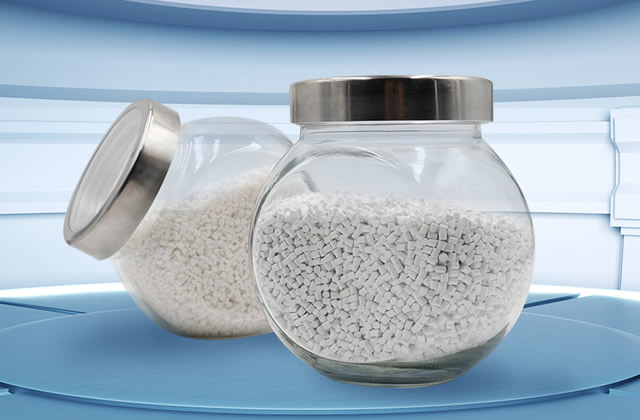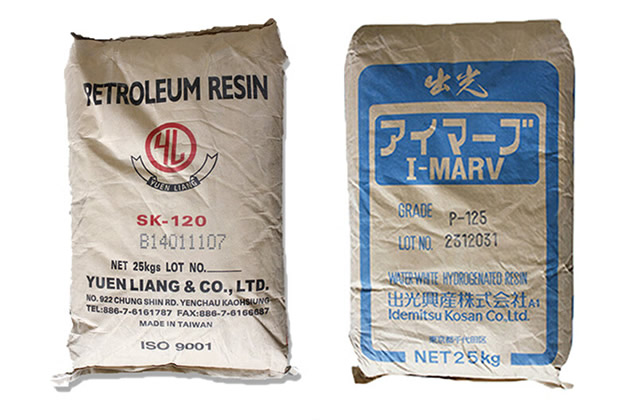1. What are the factors that affect the effect of water-reducing agent
Although the amount of water-reducing agent in concrete is not large, it is crucial to the quality of concrete. When used, , the effect of water-reducing agent is very important. Generally, there are two main factors that affect the effect of water-reducing agent:
1. The influence of cement characteristics on the effect of water-reducing agent
Different types of cement will have an impact on the effect of the water-reducing agent. The mineral composition and chemical composition of the cement clinker and the form of gypsum (as a setting regulator) will all affect the effect of the water-reducing agent. In addition, the fineness of the cement, the type and amount of admixtures in the cement, the freshness of the cement, the moisture content and temperature of the cement, etc. will also affect the effect of the water-reducing agent.
2. The influence of the characteristics of the water-reducing agent on the effect of the water-reducing agent
Different water-reducing agents have different characteristics and are suitable for concrete of different strengths. The appropriate water-reducing agent should be selected according to the needs, otherwise the effect of the water-reducing agent will be affected. Taking the commonly used naphthalene-based high-efficiency water-reducing agent as an example, the factors that affect its effect include the degree of sulfonation, relative molecular mass distribution and degree of polymerization, polymerization properties (linear, branched), and the state of the water-reducing agent (powder or liquid). )wait.

2. What is the reason for the deterioration of the effect of water-reducing agent
As a This is a concrete admixture product that is widely used in concrete projects. Its effect is very important. However, during storage and use, some problems are often encountered, which makes the concrete water-reducing agent worse or even worse. Failure, the main reasons are:
1. Rainwater enters the water-reducing agent tank, causing the concentration to decrease
Cause analysis: Feeding above the water-reducing agent tank If the lid is not closed after the mouth is opened, heavy rain and water that may wash the top of the tank flow into the tank, causing the concentration of the water-reducing agent to decrease. Rainwater or flushing water enters the water-reducing agent tank, causing the concentration to decrease, resulting in a low water-reducing rate and a small slump of concrete.
Preventive measures: After the feed supplier pumps the water-reducing agent into the tank, the upper lid should be tightly closed in time, and the material staff should strengthen inspections.
2. The homogeneity of the water-reducing agent is poor, and the concrete is partially retarded
Cause analysis: The agitator of the water-reducing agent tank is faulty, causing the density of the water-reducing agent Uneven, the density of the water-reducing agent in the lower part of the tank is too high, and when it condensesIf the time is too long, the upper concentration will be smaller and the condensation time will be shorter.
Preventive measures: The water-reducing agent must be stirred regularly and evenly. Material technicians should strengthen inspections. If the mixer stalls, it should be reported for repair immediately.
3. Mixing different types of water-reducing agents
Cause analysis: Polycarboxylate water-reducing agents and naphthalene-based water-reducing agents are not compatible when mixed. Causes poor workability of concrete.
Preventive measures: The laboratory will strengthen the training of on-site quality inspectors, and different water-reducing agents must not be mixed.
4. Mixed use of different brands of water-reducing agents
Cause analysis: Two waterproofing agents purchased at the same time were used in two projects, one with The water reduction effect is obvious, and the water reduction rate of the other is less, and workers use it mixedly when carrying bagged waterproofing agents.
Preventive measures: Each batch of waterproofing agents (including expansion agents, etc.) must be re-inspected before use when entering the factory. The stacking of materials in the warehouse should be isolated and marked, and no mixing is allowed.
If the website content violates your rights, please contact us to delete it。








